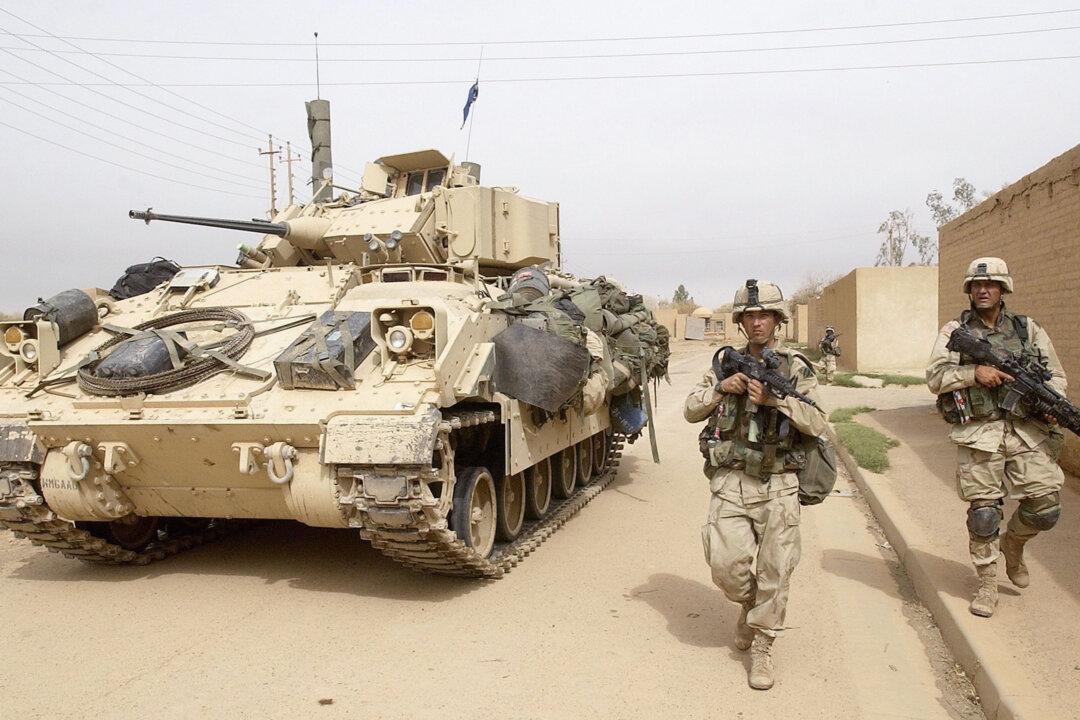The U.S. Army’s forced march toward acquiring a next-generation, semi-autonomous fighting vehicle has ground to a temporary halt after all competitors but one dropped out of the prototype competition, unable to keep step with the “aggressive schedule” of modernization plans.
The Army announced on Thursday that it had canceled the rapid prototyping phase of the Optionally Manned Fighting Vehicle (OMFV), the replacement for the Bradley fighting vehicle.





